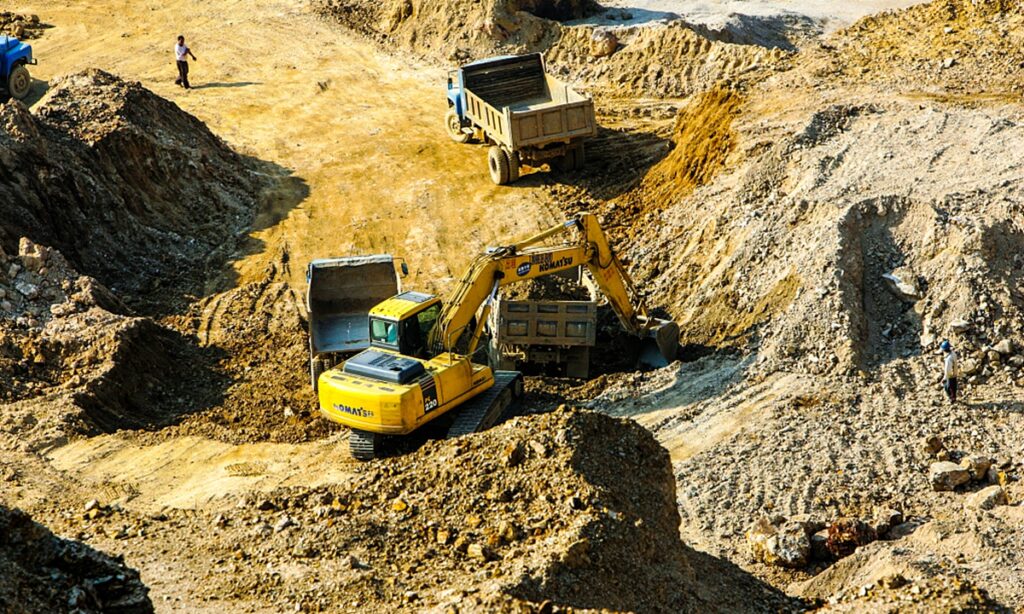The capacity of rare-earth companies in Ganzhou, East China’s Jiangxi Province – one of China’s biggest rare-earth manufacturing bases – has been cut by at least 25 percent compared with last year, after major border gates for rare-earth minerals to ship from Myanmar to China shut down again at the beginning of the year, which has largely affected raw material supply, the Global Times learned.
Myanmar accounts for about half of China’s rare-earth mineral supply, and China is the world’s largest rare-earth products exporter, claiming a leading role from the middle to downstream industrial chain. As such, industry insiders stressed the stake is very high for global industries ranging from electronics, vehicles to even military weapons whose production is indispensable from rare-earth components, and they could see the tight rare-earth supply continue, inflating global prices for a long time.
The Menglong port in Xishuangbanna Dai Autonomous Prefecture, Southwest China’s Yunnan Province, resumed opening on Wednesday, after closing for about 240 days for anti-epidemic reasons. The port, bordering Myanmar, transports 900,000 tons of goods annually.
Industry insiders told the Global Times on Friday that the port only ships “a very limited” amount of rare-earth minerals from Myanmar. “Other border ports, including one in Yunnan’s Diantan township, that are regarded as major channels for rare-earth mineral shipment, remain closed. And we haven’t received any notification on the ports’ reopening,” a manager of a state-owned rare-earth enterprise surnamed Yang based in Ganzhou told the Global Times.
He added that not only shipments from Myanmar to China are suspended, but China’s shipment of auxiliary material for exploiting rare-earth minerals is also paused, further exacerbating the situation on both sides.
In late November last year, Myanmar resumed exporting rare earths to China after the reopening of two China-Myanmar border gates. According to thehindu.com, one crossing is the Kyin San Kyawt border gate, around 11 kilometers from the northern Myanmar city of Muse, and the other is the Chinshwehaw border gate.
According to Yang, several thousand tons of rare-earth minerals were shipped to China at the time, but then at around the beginning of 2022, those border ports closed again, and as a result, rare-earth shipments were suspended again.
“As raw materials from Myanmar are in short supply, local processors in Ganzhou are only operating at 75 percent of their full capacity. Some are even lower,” Yang said, highlighting the acute supply situation.
Wu Chenhui, an independent rare-earth industry analyst, pointed out that almost all rare-earth minerals from Myanmar, a major upstream supplier in the global chain, are delivered to China for processing. As Myanmar accounts for 50 percent of China’s mineral supply, that means the global market could also see a temporary loss of 50 percent of the raw material supply.
“That will exacerbate the imbalance between supply and demand. Some countries have a strategic rare-earth reserve for three to six months, but this is only for the short-term,” Wu told the Global Times on Friday, noting that despite a mild drop in recent days, the price of rare earths will continue “operating at a relatively high range,” and there maybe another round of price hikes in the future.
In early March, China’s industry regulator summoned the country’s top rare-earth firms, including the newly founded conglomerate China Rare Earth Group, asking them to promote a complete pricing mechanism and jointly bring the prices of the scarce materials “back to reasonable levels.”
Rare earth Photo:VCG



